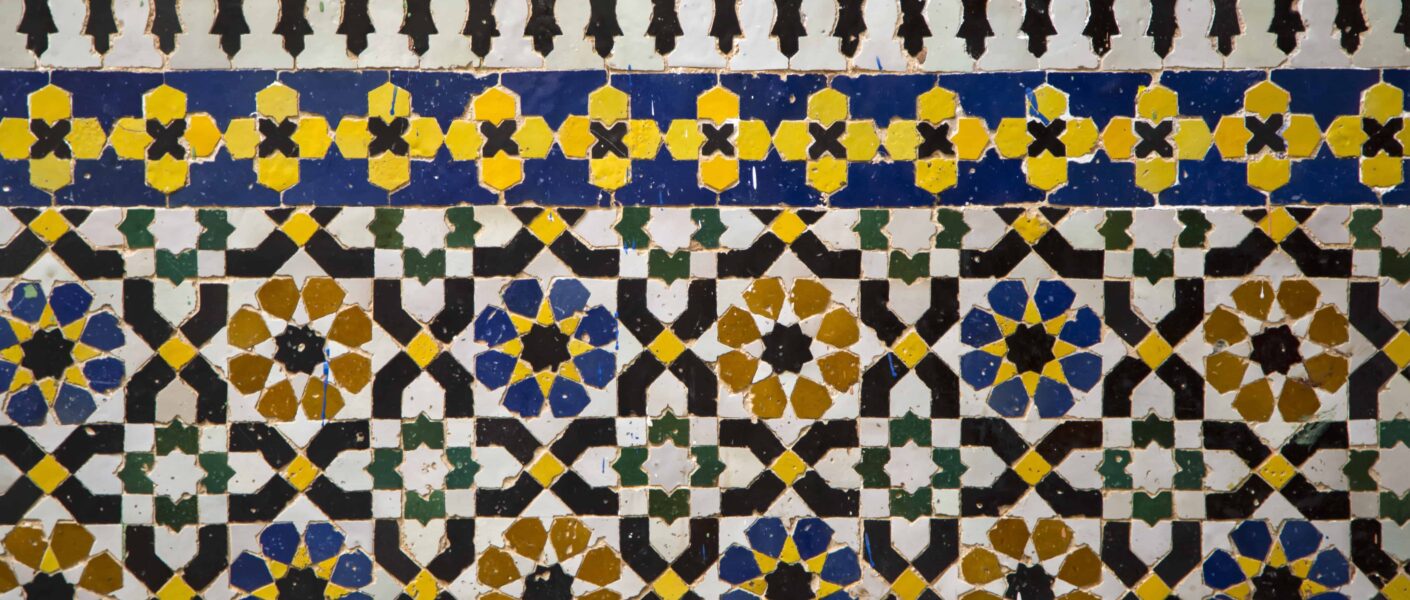Moroccan crafts, with their richness and diversity, are the embodiment of an age-old civilization. Every crafted item tells a tale, every pattern testifies to an era, and every hue echoes a region.
Ancient History:
Morocco’s history, marked by numerous invasions, migrations, and cultural exchanges, birthed a unique craft culture. Berbers, Arabs, Andalusians, Ottomans, and various other civilizations have left their mark on the country’s arts and crafts.
Regional Diversity:
Each region of Morocco boasts its distinct crafts. Be it the rugs from Azilal, ceramics from Fès, or leatherwork from Marrakech, every product stands as a regional pride, reflecting its locality.
Knowledge Passed Through Generations:
A significant portion of Moroccan craftsmanship relies on age-old techniques passed down from master to apprentice. This knowledge transfer ensures the craft’s continuity and consistent quality.
Adaptability and Innovation:
While traditions are revered, Moroccan craftsmanship isn’t static. Craftsmen, while preserving traditional techniques, are not hesitant to innovate by integrating new patterns or utilizing modern materials.
Global Reputation:
The uniqueness and quality of Moroccan crafts have made their mark beyond borders. From rugs to lanterns, slippers to caftans, Moroccan artisan products are sought after and cherished globally, whether for their aesthetic appeal or durability.
In Conclusion:
Moroccan craftsmanship extends beyond mere economic activity. It serves as a reflection of a culture, history, and identity. Every handcrafted piece, made with dedication and precision, is an open gateway to the heart of a country brimming with invaluable treasures.




